INTRODUCTION: What Happens During the First Trimester Pregnancy
The first trimester pregnancy is a time of profound change—both seen and unseen. For many women, it begins with a wave of unexpected symptoms: nausea, breast tenderness, extreme fatigue, or just a strange sense that “something’s different.” These subtle (and sometimes not-so-subtle) signs are your body’s way of announcing a monumental transformation.
Behind the scenes, a surge of pregnancy hormones—especially human chorionic gonadotropin (hCG) and progesterone—kicks into action. These hormones help maintain the uterine lining, prevent menstruation, and support the growing embryo. At the same time, your metabolism, circulation, and immune system begin to shift in response to the baby you may not even realize is there yet.
The first trimester pregnancy also carries emotional weight. You may feel joy, fear, confusion, or all of the above. But from the medical perspective, this is the trimester where the foundations of life are laid: the baby’s brain, spinal cord, heart, and organs begin forming within mere days of implantation.
Understanding these weekly changes can make the experience feel less mysterious and far more empowering. Let’s walk through this journey, week by week, starting with Week 4—when most pregnancies begin to show signs.
First Trimester Pregnancy: 4 Weeks
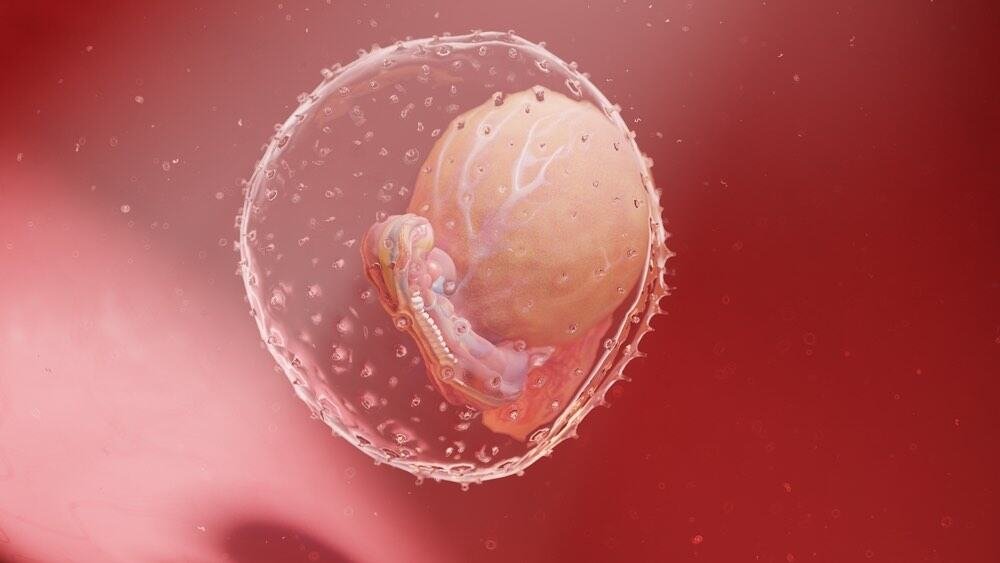
At 4 weeks pregnant, the fertilized egg has implanted into the uterine lining. This tiny cluster of cells is now called a blastocyst, and it’s about the size of a poppy seed.
In this early stage of first trimester pregnancy, the embryo starts to form two major structures:
- The embryoblast, which will become the baby
- The trophoblast, which will later develop into the placenta
You might start experiencing mild cramping, spotting (known as implantation bleeding), or no symptoms at all. Some women notice a missed period and take their first pregnancy test around this time. If positive, it’s usually because the hormone hCG has started to rise in your bloodstream and urine.
Internally, the foundations of your baby’s brain, heart, and spinal cord are beginning to take shape. It’s truly the beginning of everything.
First Trimester Pregnancy: 5 Weeks
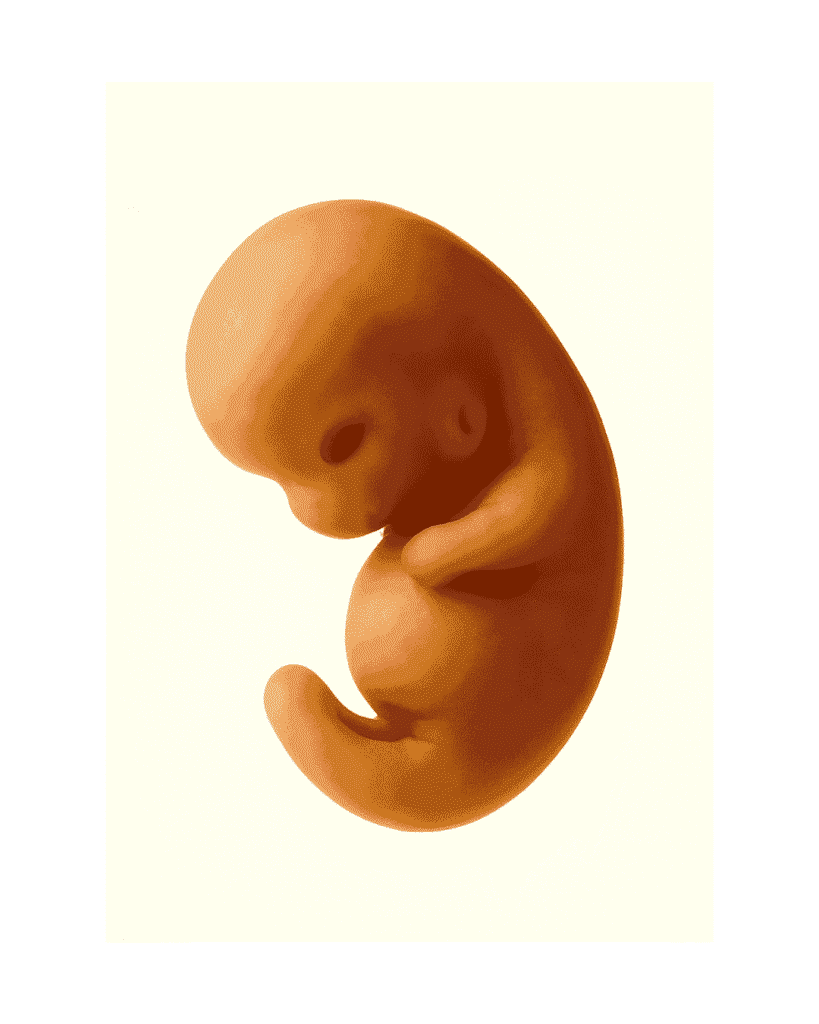
At 5 weeks, your pregnancy becomes more biologically active—and so do your symptoms. You may now experience stronger fatigue, tender or swollen breasts, mood swings, and possibly the first waves of morning sickness. For many, this is when pregnancy starts to feel “real.”
The embryo is now about the size of a sesame seed, and it’s beginning to grow rapidly. Major organ systems are starting to form, and a tiny neural tube is developing—this will eventually become your baby’s brain and spinal cord. It’s why folic acid is so crucial during this stage.
A primitive heart tube also begins to beat, although it’s not yet fully formed. If you were to see an ultrasound now, the embryo would still look like a small curved shape—but the foundations of life are well underway.
First Trimester Pregnancy: 6 Weeks
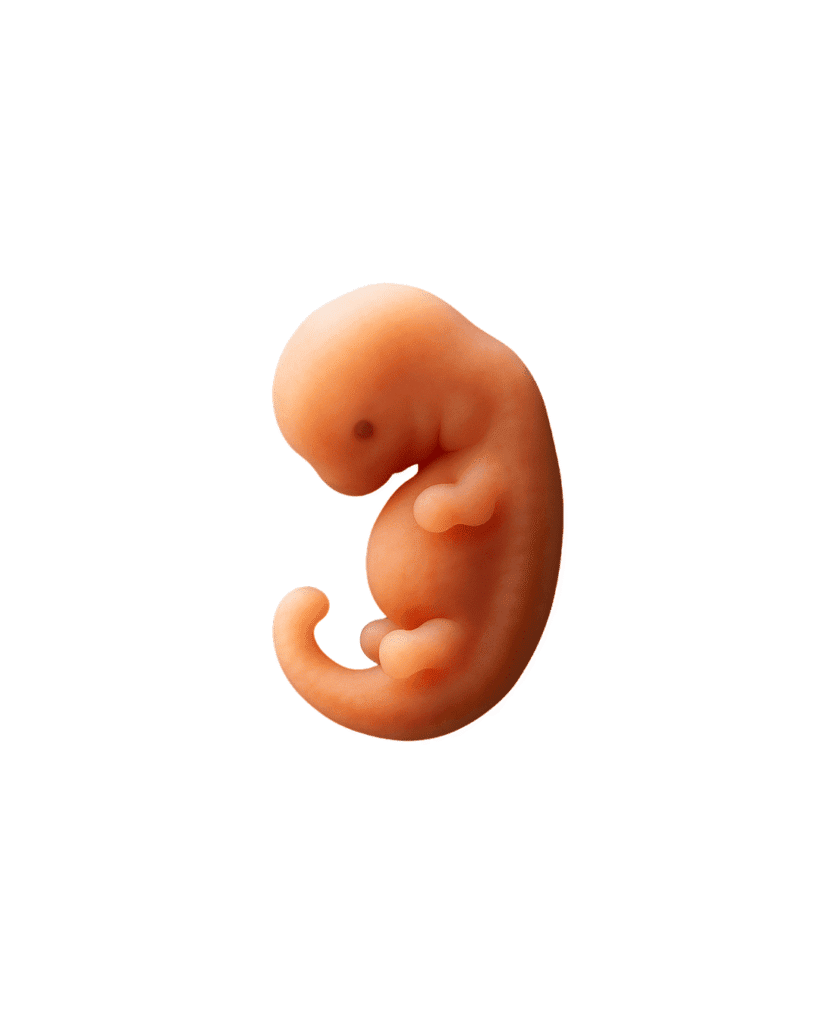
At 6 weeks, your baby has doubled in size and now measures around 5 to 6 mm—about the size of a lentil. One of the most exciting developments this week is the appearance of a tiny, flickering heartbeat, which might be detectable via a transvaginal ultrasound.
The embryo’s shape is becoming more defined, with small bumps that will form the arms and legs. Inside, the brain and spinal cord are growing rapidly. Facial features are starting to form too, including early eye pits and nostrils.
For you, pregnancy hormones are peaking, especially hCG and progesterone. You might notice increased nausea, food aversions, and emotional ups and downs. Spotting can still be normal at this stage—but if it’s heavy or painful, it’s always a good idea to contact your provider.
First Trimester Pregnancy: 7 Weeks

By 7 weeks, the embryo has grown to the size of a blueberry—about 10 mm in length. The most exciting development this week is that your baby now has a beating heart with a more regular rhythm, and the basic structure of the brain is becoming more complex.
Tiny buds that will become arms and legs are starting to lengthen and flatten. Small black dots mark the places where the eyes and nostrils are forming, and ears are beginning to take shape on the sides of the head.
As for you, symptoms may intensify. Nausea, vomiting, and extreme fatigue are common due to the high levels of hCG. You may also notice food aversions, extra saliva, and even a heightened sense of smell.
This week marks a critical period in fetal development, as organs are beginning to specialize and cells are dividing rapidly. This is why avoiding alcohol, smoking, and certain medications is more important than ever.
First Trimester Pregnancy: 8 Weeks
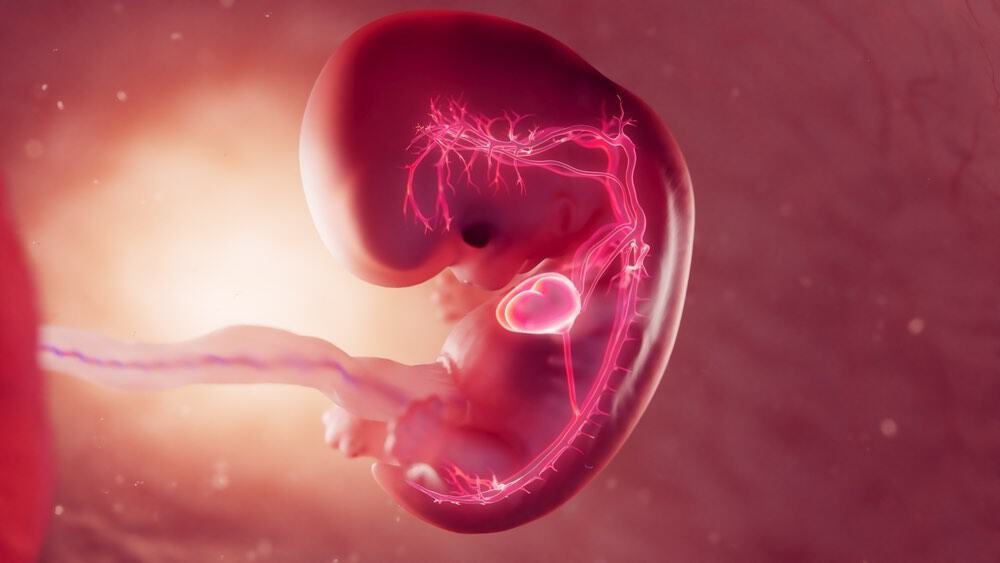
At 8 weeks pregnant, your baby is now the size of a raspberry, measuring around 14–16 mm in length. The embryo now officially becomes a fetus—a word that means “offspring” in Latin.
This week, fingers and toes begin to form from the paddle-like hand and foot buds. The eyelids, though fused shut, are also developing, and facial features become more distinct. Internal organs such as the liver, kidneys, and lungs are starting to organize into place, and muscles begin to form as well.
You may feel bloated or notice your waistline expanding slightly, even if your uterus is still deep in the pelvis. Hormonal changes can also bring mood swings, frequent urination, and acne.
This is a week of major cellular activity for your baby—and a week when many women begin their first prenatal appointment. Seeing the heartbeat on ultrasound can be a deeply emotional and affirming moment.
First Trimester Pregnancy: 9 Weeks
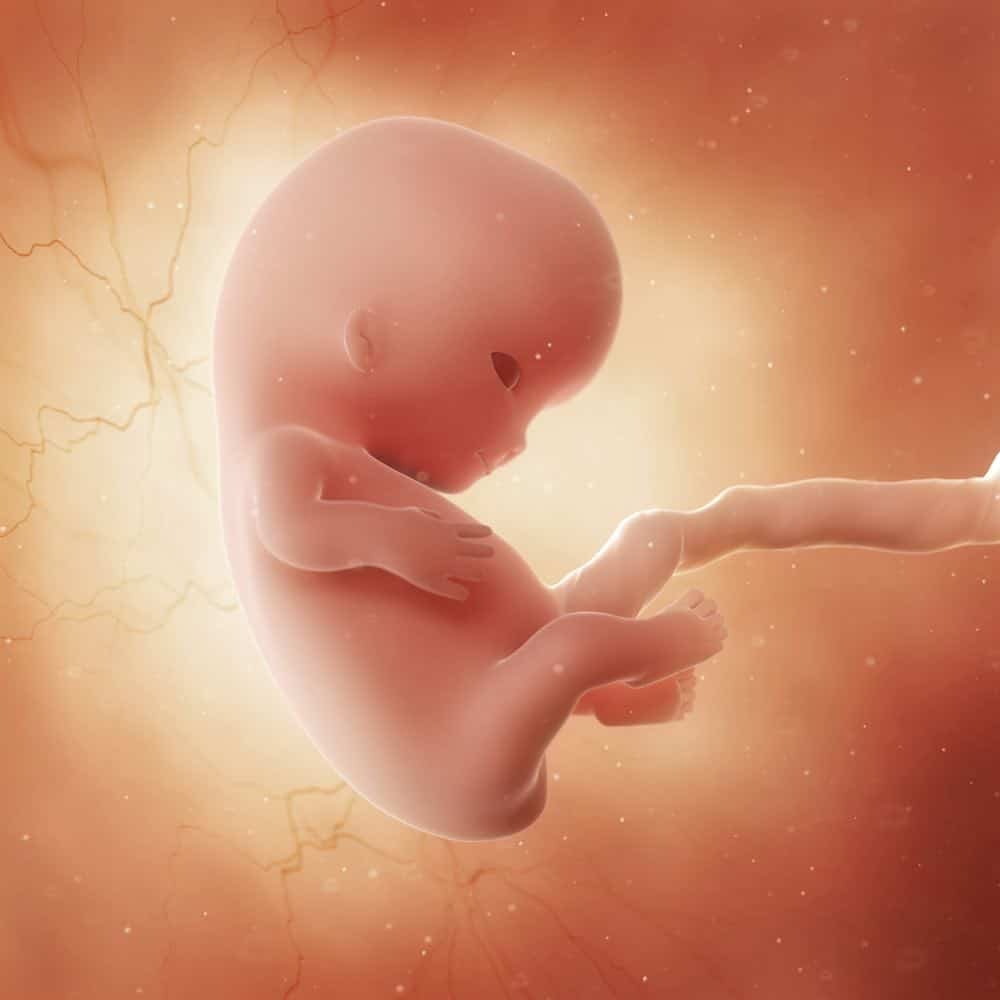
At 9 weeks, your baby is about the size of a cherry, measuring around 2.3–2.5 cm (1 inch). This stage marks a transition from an embryo to a fetus, and development continues at an astonishing pace.
The baby’s arms and legs are growing longer and developing elbows and knees. Tiny fingers and toes are becoming more defined—no longer just webbed paddles. Facial features are taking shape too, with a more recognizable profile and the beginnings of ears, eyes, and a nose.
Internally, the heart has developed four chambers and beats strongly. Organs like the pancreas, gallbladder, and reproductive structures are forming, though the baby’s sex won’t be distinguishable on ultrasound just yet.
For you, hormonal surges may still cause intense fatigue, nausea, and frequent urination. Your uterus is now about the size of a grapefruit. You may also notice more visible veins, due to increased blood volume.
First Trimester Pregnancy: 10 Weeks

At 10 weeks, your baby is now the size of a kumquat or a small prune, measuring about 3–4 cm. All the major body structures have formed, and the fetal stage is well underway.
The most exciting part of this week in first trimester pregnancy is that your baby begins to make small, jerky movements—although you won’t feel them just yet. Elbows and knees bend, and bones start to harden. The outer ears take their final shape, and tiny tooth buds are forming under the gums.
Inside, vital organs like the liver, kidneys, intestines, and brain are rapidly maturing. Fingernails and toenails are beginning to grow, and the spine is more visible on ultrasound.
As for your symptoms, nausea may peak around this time, but many women start to feel slightly better as they approach the second trimester. Your mood may stabilize, and early pregnancy bloating could start to ease.
First Trimester Pregnancy: 11 Weeks

At 11 weeks, your baby is about the size of a fig—around 4–5 cm long and weighing roughly 7 grams. This week marks the end of the most vulnerable phase of development. While still very small, the fetus now has fingers, toes, ears, and even tiny fingernails.
The head still makes up nearly half of the baby’s body, but the neck is elongating, allowing more movement. The bones are starting to harden, and the baby’s body is gradually straightening out from the previously curved position.
Internally, the diaphragm is forming, setting the stage for future breathing. The kidneys are producing small amounts of urine, and the intestines, which were developing outside the body, begin to migrate into the abdominal cavity.
You might notice that your waistline is expanding, and some early pregnancy symptoms may begin to ease. Many women feel a sense of relief and even energy returning as they approach the second trimester.
First Trimester Pregnancy: 12 Weeks
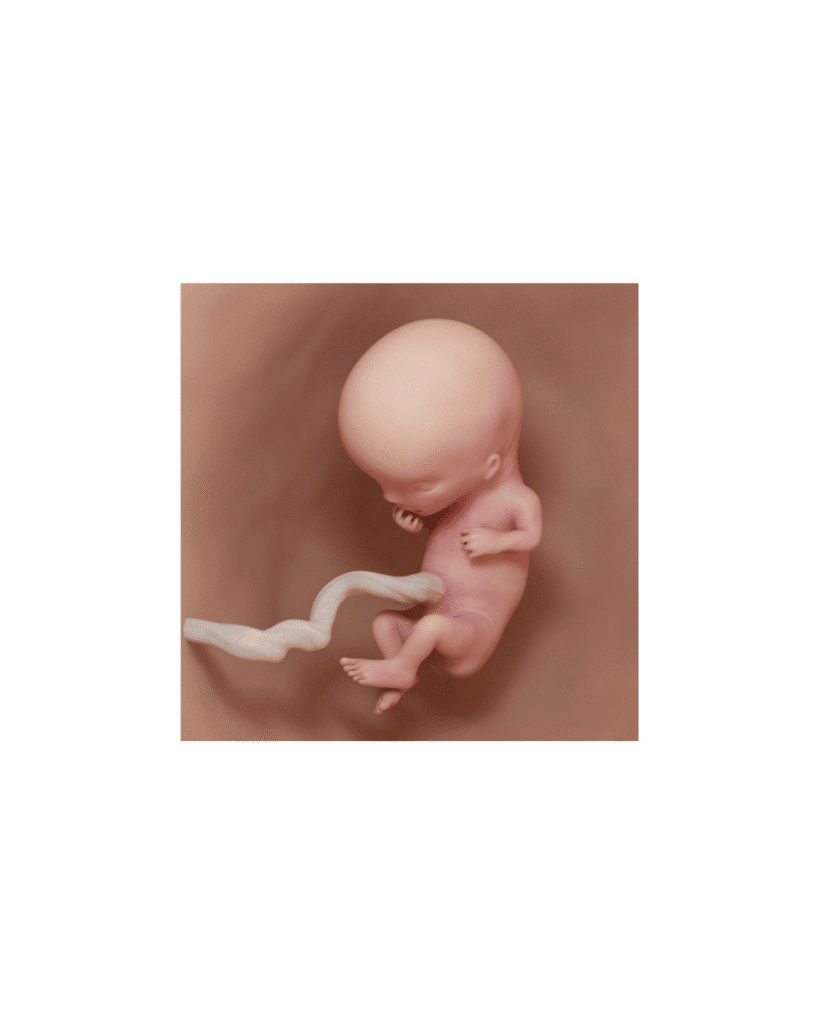
At 12 weeks pregnant, your baby is about the size of a lime, measuring 5–6 cm in length and weighing 14–18 grams. All of the major organs and body systems are now present—just tiny and still developing.
The reflexes begin this week! Your baby may start to move when touched, although you won’t feel it yet. Fingers can curl, and the baby may make tiny mouth movements. The brain continues to grow rapidly, and nerve connections are forming quickly.
The face now looks much more human, with well-formed eyelids, nose, and lips. External genitalia are developing and may be distinguishable on ultrasound soon.
For you, this week marks the end of the first trimester pregnancy. Many women feel less nauseated and more energetic, though some symptoms—like frequent urination and breast tenderness—may persist. A growing number of parents choose this time to share the news of their pregnancy with friends and family.
First Trimester Pregnancy: Conclusion
The first trimester of pregnancy is nothing short of miraculous. In just 12 weeks, a single fertilized cell transforms into a fetus with a beating heart, a developing brain, limbs, and facial features. For many expectant parents, this period is filled with wonder, anxiety, symptoms, and immense change.
From a medical perspective, the first trimester pregnancy is also the most critical window for fetal development—a time when nutrition, rest, and avoiding harmful substances have lasting impact. It’s also when most pregnancy losses tend to occur, which can make this stage emotionally intense.
Understanding what’s happening week by week helps reduce anxiety and empowers pregnant women to make informed choices. As the second trimester approaches, energy often returns, nausea tends to fade, and the joys of pregnancy begin to shine more brightly.
First Trimester Pregnancy – References:
- AMERICAN COLLEGE OF OBSTETRICIANS AND GYNECOLOGISTS (ACOG). (2021). Prenatal Development: How Your Baby Grows During Pregnancy. Available at: https://www.acog.org/womens-health/faqs/how-your-fetus-grows-during-pregnancy
- SADLER, T. W. (2018). Langman’s Medical Embryology, 14th ed. Philadelphia: Wolters Kluwer. https://shop.lww.com/Langman-s-Medical-Embryology/p/9781496383907
- MOORE, K. L., PERSAUD, T. V. N., & TORCHIA, M. G. (2020). The Developing Human: Clinically Oriented Embryology, 11th ed. Philadelphia: Elsevier. https://www.elsevier.com/books/the-developing-human/moore/978-0-323-54671-9
- NATIONAL INSTITUTES OF HEALTH (NIH). (2023). Pregnancy Week by Week. Available at: https://www.nichd.nih.gov/health/topics/pregnancy/conditioninfo/week-by-week

Leave a Reply